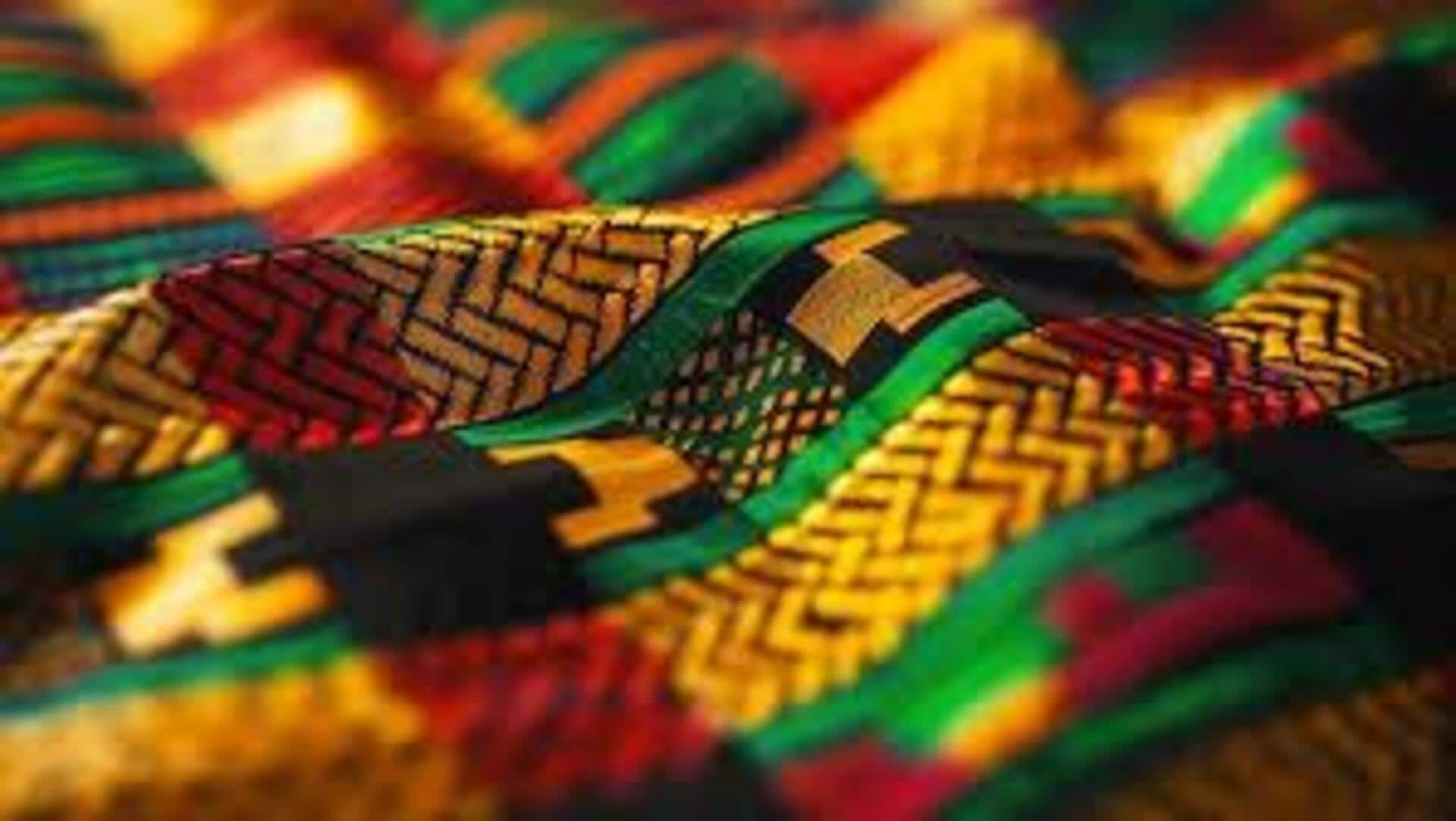
5 iconic batik patterns worth exploring
What's the story
African batik patterns are famous for their vibrant colors and intricate designs. These traditional textiles, which originated in West Africa, are made by applying wax to fabric and dyeing it. The result is a unique pattern that tells a story or carries a cultural significance. From Ghana to Nigeria, each region has its own distinct style of batik, making it an important part of African heritage.
#1
Adinkra symbols in Ghanaian batik
Ghanaian batik often incorporates Adinkra symbols, which are visual symbols representing concepts or aphorisms. These symbols add layers of meaning to the fabric, making them not only decorative but also communicative. Popular Adinkra symbols include the heart (representing love) and the sword (representing courage). The use of these symbols in batik patterns allows wearers to express personal values or connect with cultural traditions.
#2
Nigerian Aso Oke textiles
Aso Oke is a traditional Nigerian textile famous for its rich textures and vibrant colors. Although not strictly batik, it employs similar resist-dyeing techniques to create stunning patterns. Aso Oke is mostly worn during ceremonies and festivals, symbolizing prestige and cultural identity. The patterns often reflect the wearer's social status or family lineage, making them an integral part of Nigerian heritage.
#3
Senegalese wax prints influence
Senegalese batik has been heavily influenced by Dutch wax prints, which were introduced during colonial times. These prints are characterized by bold colors and geometric designs that appeal to modern aesthetics while preserving traditional elements. The fusion of Dutch influences with local techniques has resulted in unique textiles that are widely worn across West Africa.
#4
Malian bogolanfini techniques
Bogolanfini, or mud cloth, is a Malian textile made using fermented mud to create patterns on cotton fabric. This technique creates earthy tones with intricate designs that tell stories or represent proverbs. Bogolanfini is not just beautiful but also practical as it serves as clothing as well as a form of artistic expression within Malian culture.
#5
Ugandan bark cloth artistry
Bark cloth artistry in Uganda dates back centuries when it was used for clothing by royalty and commoners alike. Made from tree bark, this cloth is softened, dyed, and sometimes printed with batik-like techniques. It creates stunning textures and patterns. These patterns often depict historical events or natural elements, showcasing the artisans' skills and cultural narratives.